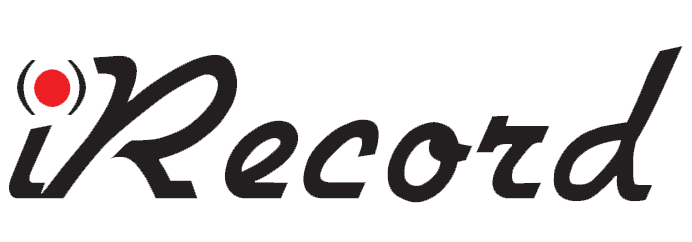Not being able to hear what someone is saying over the phone or during a video conference can be frustrating. But it’s nowhere near as troublesome as having problems with a piece of video evidence for the courtroom. Good audio quality is a key component of any interview recording—whether you’re talking with a victim, a suspect, or a subject matter expert.
What’s Best for Interview Evidence?
Presenting interview evidence to the court isn’t just about what’s being said—how a person talks is also important. That’s why working with simple transcripts may only tell part of the story. Those documents can’t convey someone’s tone of voice, which can be crucial part of understanding the finer details of these high-stakes conversations. Having an audio video recording can make such a big impact on your case because it includes multiple levels of information. It’s simply the best way to present interview evidence.
Hearing and seeing an interview happen on-screen gives the courtroom more details for their decision. But not just any recording will work. Court-admissible evidence relies on having the right interview room setup. If you have problems with image quality, don’t angle your cameras correctly, or ignore the essentials for your audio needs, then you won’t have reliable evidence for your case. Paying special attention to your interview room’s sound requirements is a good place to start.
The Echo Elimination Process
While every agency’s interview room is different, there are a few universal rules for room echo elimination that can work for any environment. The first relates to the type of flooring you have in the space. Tile or linoleum tend to bounce more noise around. Going with a low-pile carpet can help absorb sound. Insulated walls and a drop-tile ceiling can help dampen noise too. In addition, a sturdy office door will help to eliminate sounds from other rooms or your hallway directly outside your interview recording room.
With those basic arrangements in place, you’ll need to examine your audio equipment. As long as you have decent microphones, you don’t necessarily need acoustic paneling to record clear audio. Using omni-directional microphones is best. After that, you’ll just need to find the right places for them in your space.
Having consistent microphone positioning is extremely helpful for the interview process. It’s a lot easier to start recording your interview evidence when your microphones are already in a set location. You might consider mounting them to the ceiling, above where the conversation will be held. Then again, it could make more sense to angle your microphones in different corners of the room. Working with an experienced interview room recording equipment company can help you determine the right layout for your site’s specific needs.
Secure Your Evidence with the Right Setup
Gathering interview evidence is complex enough on its own. You have to know how to ask the right questions while following the proper protocol. Managing the recording details for your interview shouldn’t add any more stress to the situation. Agencies that are able to work with a streamlined interview recording process can help keep everyone focused on the most important task: collecting evidence. An intuitive system and easy-to-use recording equipment can help ensure that justice is upheld.
Whether you’re looking to build your new interview room from the ground up or it’s time to make improvements to your existing recording equipment, our team at iRecord is here to help. Room echo eliminations and positioning your microphones correctly is a crucial part of obtaining court-admissible evidence for your case. We can work with your agency to verify that your recording process is simple and reliable for every interview. If you have questions about getting started, please feel free to send us a message.
